Nobody believed my Dad when he used to tell the story of The Eagle and the Salmon to dinner guests. I don’t know why—I was there and witnessed it. What surprises me 30 years later is the relevance this story has on my perceptions of how to invest, raise my kids and teach financial literacy to them—with a little discovery channel mixed in.
It was another beautiful day at Cape Mudge, where the We Wai Kai First Nation Band operates a close-knit community in BC Canada. I used to love going to Cape Mudge, because that is where I would go “jigging” for tommy cod—snagging little fish with a lure. There were always some interesting people hanging out around the docks as well—Junior (about 6 foot 3 and 250 pounds), his wife Tanya, who was probably the prettiest girl I had ever seen, and Ralph Dick, the Chief Councilor.
While busy with my fishing, I noticed my Dad talking to Dick and he was explaining the symbolism of a Haida totem pole that we happened across as we made our way to the dock.
Dick was gesturing with his arms and hands and my Dad was watching him as he told this story, which I later found out, was a tale about The Eagle and the Salmon. My dad was clearly engrossed in the story and was visibly startled to hear Dick shout: “LOOK”!
Unbeknownst to us, Dick’s story was being acted out! Our whole family suddenly looked in the direction he was pointing—about 20 yards from the edge of the pier.
An eagle had just done some fishing of its own. In its talons was a 10-pound salmon. Its good fortune was quickly tempered: not only was the salmon exceedingly heavy (I could see the eagle struggling to fly more than a few feet off the water back to the shore) but his efforts had also attracted the interest of a slew of voracious seagulls.
They pestered him and pestered him. Finally, the noble eagle, sick and tired of them (and their noise) left the salmon on the shore and flew back up to his nest tucked high up in the canopy of the tree.
It was the story of predator and scavenger. Actually, it was the story of predator and scavenger AND scavenger. This is when my dad rushed over to the beach and grabbed the salmon from those idiotic seagulls. We cooked it and ate it that night!
What bearing could this story have on finance? Investing? Is this just a story of predator and prey?
Opportunity exists at any time and any place; you have to be ready to grab that salmon when you see it. Yes, but there is more to it than that.
You need to keep your end game in mind! What a pity that eagle gave up after all his hard work. He was circling the skies all morning to feed his young chicks. Finally he sees a salmon and some loser seagulls take it from him. Actually, they were just chattering away and soliciting on the shore right before all this went down—I saw them!
How many people follow suit? They find an investment property that is too big for them to handle (10 pounds!), fail to adequately plan, run into financial problems, and then get forced to sell. Maybe the eagle didn’t order an inspection? Possibly, he over-improved the property or ran out of bird seed on renovations? Who knows! The message is clear: it’s great to be the eagle, but make sure you can follow through on your plan.
What do the seagulls represent? Scavenging off people to make money doesn’t ultimately add value to the community at-large. As an investor, I want to build value for myself and the common good; in a deal, one doesn’t have to lose so the other can win.
So what is an investor? How does investing fit into this dialogue? Gary Keller points out:
“By definition, your goal is to remove risk from the transaction. You have to get an appropriate discount (20% less Market Value) or Terms on the property, or you can’t do the deal. You’re a willing and reliable buyer who is prepared to act quickly and solve the problem. The solution you offer may not be exactly what the seller wants, but it may be the best option he or she has.”
Is giving someone an option something that a scavenger would do? No. Not if it is done in an honest and up-front way. I don’t think offering a viable solution should ever be considered a bad thing. After all, if your proposal is better than what the next investor is offering, it would be great for the seller to have. Whether you are low-balling someone or offering a reasonable offer could be a contentious point. Consult the comparable listings and your conscience.
what’s the message to the kids?
My wife cringed when I told her why this story could be a good teaching tool for our children. She had the following points/questions:
- Josh… [reproachfully] Your dad scavenged from a scavenger!
- So, you want our kids to act like seagulls?
- So, you want our kids to act like predators?
I don’t have an answer for #1. If this story didn’t have a connection to ethical investing, it probably wouldn’t even come up. People would just think it was a cool story. Also, it isn’t easy carrying an analogy this far, either!
For the others, I would say NO and NO. I don’t want my kids or anyone else’s to be scavengers or cold predators. It isn’t about predators, prey, or scavengers. It’s that tried and true advice of Stephen Covey, to find a “win-win” solution. Also, work hard like the eagle, but don’t forget to work smart like those seagulls.
It sounds like humans beat nature once again, right? Unfortunately, in this story everyone lost! The Eagle lost his salmon, the Seagulls, their free lunch. Yes, and the salmon—he had the biggest lost. Oh, and lastly, we lost too—our family spent the next day getting over food poisoning.
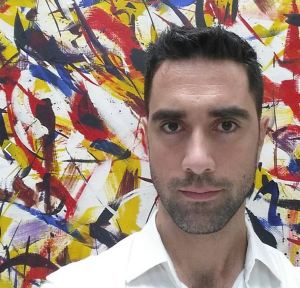
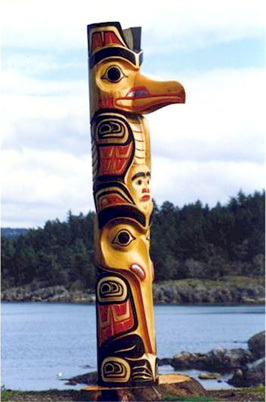
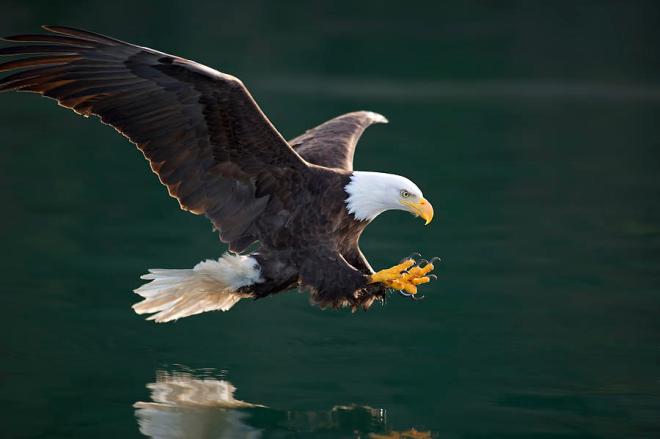
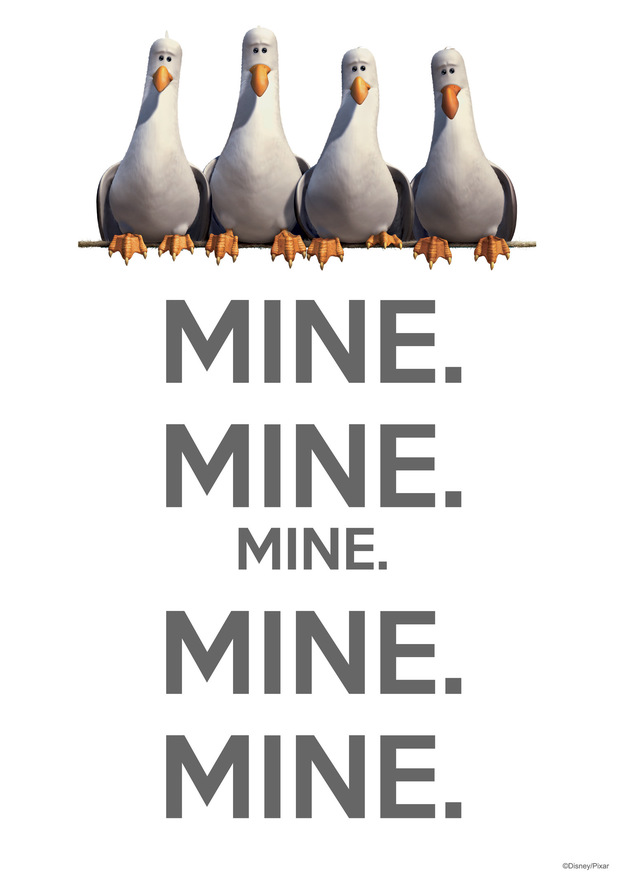
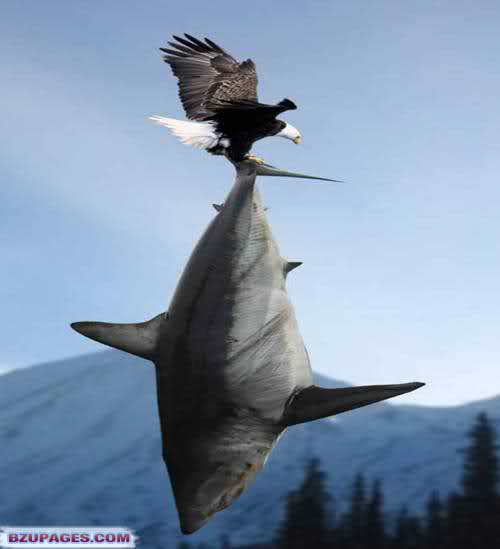
Good one.
LikeLike
Thanks, Jeff!
LikeLike
I’m lucky to have you for a Son
LikeLike